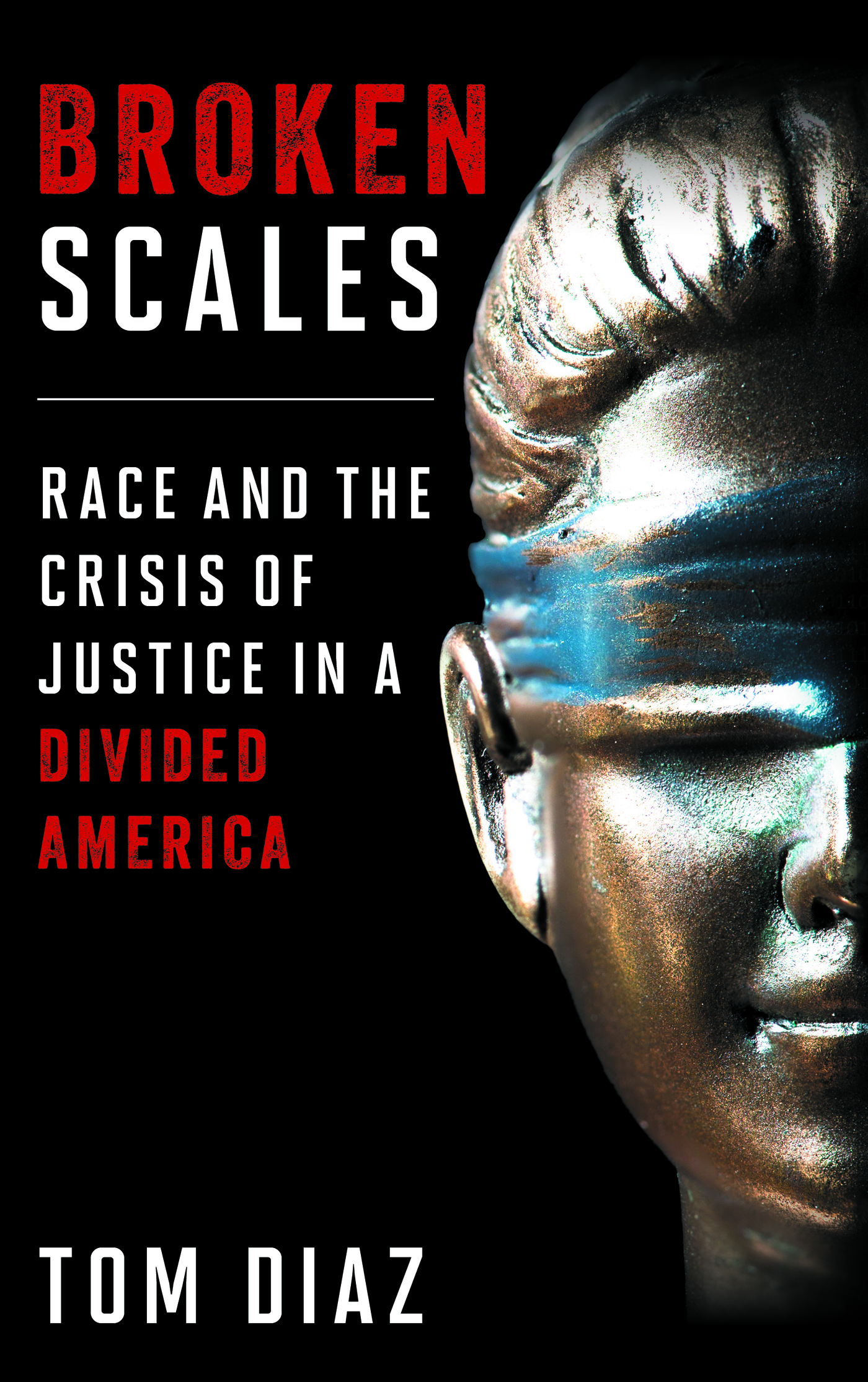Broken Scales
Broken Scales
Race and the Crisis of Justice in a
Divided America
Tom Diaz
ROWMAN & LITTLEFIELD
Lanham Boulder New York London
Published by Rowman & Littlefield
An imprint of The Rowman & Littlefield Publishing Group, Inc.
4501 Forbes Boulevard, Suite 200, Lanham, Maryland 20706
www.rowman.com
6 Tinworth Street, London SE11 5AL, United Kingdom
Copyright 2021 by The Rowman & Littlefield Publishing Group, Inc.
All rights reserved. No part of this book may be reproduced in any form or by any electronic or mechanical means, including information storage and retrieval systems, without written permission from the publisher, except by a reviewer who may quote passages in a review.
British Library Cataloguing in Publication Information Available
Library of Congress Cataloging-in-Publication Data
Names: Diaz, Tom, author.
Title: Broken scales : race and the crisis of justice in a divided America / Tom Diaz.
Description: Lanham, Maryland : Rowman & Littlefield, an imprint of the Rowman & Littlefield Publishing Group, Inc., [2021] | Includes bibliographical references and index. | Summary: This book analyzes the everyday actions of ordinary people in the context of extreme political and cultural polarization, distort the criminal justice system and betray the lofty ideals expressed in American founding documents and centuries of Anglo-American articulations of basic human rightsProvided by publisher.
Identifiers: LCCN 2021011761 (print) | LCCN 2021011762 (ebook) | ISBN 9781538138502 (cloth) | ISBN 9781538138519 (epub)
Subjects: LCSH: Discrimination in criminal justice administrationUnited States. | Polarization (Social sciences)United States.
Classification: LCC HV9950 .D53 2021 (print) | LCC HV9950 (ebook) | DDC 364.973089dc23
LC record available at https://lccn.loc.gov/2021011761
LC ebook record available at https://lccn.loc.gov/2021011762
 TM The paper used in this publication meets the minimum requirements of American National Standard for Information Sciences Permanence of Paper for Printed Library Materials, ANSI/NISO Z39.48-1992.
TM The paper used in this publication meets the minimum requirements of American National Standard for Information Sciences Permanence of Paper for Printed Library Materials, ANSI/NISO Z39.48-1992.
Even if I do not commit any evil deed, if my will is to do evil, I carry the weight of sin as if I had
committed that deed.
Meister Eckhart
You have as many enemies as you have slaves.
Roman proverb
Chapter 1
The Lens of Racial Perception
Humans are a species that classifies. We arrange the flow of the things and events that we see and experience, place them into categories, and erect boundaries around those categories. Fruits, vegetables, apples, bananas, friends, enemies, dangerous things and dangerous people, helpful things and helpful people, and harmless things and harmless peoplethe categories we need simply to navigate life are endless and varied. Classification helps us make sense of the world. Without classification, our lives would be chaos.
Among the boundaries that we erect are those that we put around groups of other human beings. Group boundaries are inescapable, permanent features of social life, scholar Matt Wray observed. These may be perceived to be differences in anatomy; religious beliefs; skin color and haircut; language; economic status; mental and physical abilities; regionin short, anything at all.
The history of how the ruling in-groups of societies have treated the subordinate out-groups of others is generally grim.
The evil side of human classification of other human beings is that we sometimes create false categories of other people, as is often the case in racial, ethnic, and religious stereotypes. We assign characteristics to fictional people and erect boundaries around empty cells. [B]oundaries can exist and produce social categories whether or not there are actual people inhabiting those categories. In other words, some groups of others that we create may exist only in our minds and in the shared beliefs of our own group. No one in reality has the characteristics that we convince ourselves are there. Nevertheless, we resolutely act as if they did. All of these people are criminals (or terrorists, or rapists) at heart, we think. Therefore we need strict laws to protect us from them.
This unmindful creation of empty categories of human characteristics is what happened during two periods crucial to the construction of race in Americaantebellum slavery, and the period known as Jim Crow. Through different but related classifying mechanisms, white Americans created a racial lens through which they reflexively came to perceive black Americans as a separate and inferior race (a different group), the members of which had specific characteristicsdifferences in anatomy; religious beliefs; skin color and haircut; language; economic status; mental and physical abilities.
This is racism. When the term is used in this book, it refers to the widely accepted definition by scholar William Julius Wilson. At its core, racism is an ideology of racial domination with two key features: (1) beliefs that one race is either biologically or culturally inferior to another and (2) the use of such beliefs to rationalize or prescribe the way that the inferior race should be treated in this society, as well as to explain its social position as a group and its collective accomplishments.
Most white Americans wear this lens unconsciously. Its not something that we deliberately take on and off. The lens is just there, virtually all of the time. It takes conscious and sustained effort to correct the distorted view of other real human beings upon whom have been projected the imagined characteristics of an empty cell.
A crucial corollary of this circumstance is that how we define race and how we act about it are the cumulative and continuing products of millions of daily interactions of ordinary people. This phenomenon has a peculiarly powerful effect in criminal law and procedure. If we can derive one lesson from history, it is that law is not made from above, Ariela Gross observed. Ordinary people confronted the state in local courts and administrative hearings, and those confrontations shaped the law. Race did not just happen, and law was not imposed on us. We made race, through legal institutions, and we continue to make it every day; we can also unmake it.
Another important corollary is that an event may not seem racial on the surface. But in many cases, if one peels back a layer or two, the perceptions and constraints of the underlying racially conscious society are indeed there.
This book takes for an instructive example several things that happened after a wealthy white lawyer shot and killed his even wealthier white wife in Atlanta, Georgia, one hot night in 2016. There was nothing racial in the shooting itself. But peel back a few layers, and it becomes clear that the lens of racial perception, the erection of boundaries, and the classification of the other was there all the time. Race was very close to the heart of the incident.
When Tex Shot Diane
It was like an earthquake. Shock waves staggered the Atlanta elite and woke the always hungry media after wealthy and politically prominent lawyer Claud Lee (Tex) McIver, III, shot his wife Diane in the back near midnight on September 25, 2016. Sitting in the rear passenger seat of a luxury SUV, Tex somehow fired a single pistol shot that struck a mortal blow to Diane, sitting in the front passenger seat.
Next page
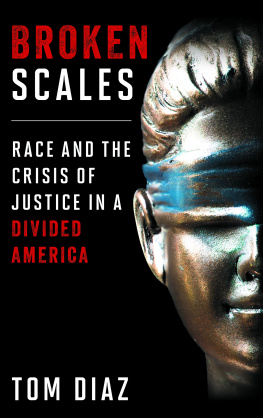


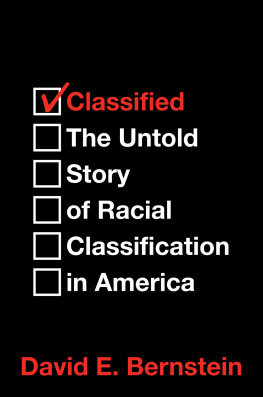
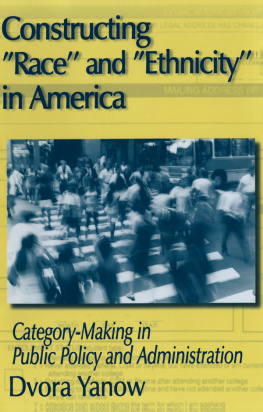
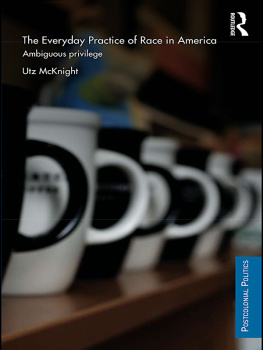
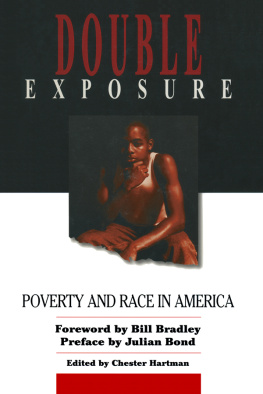
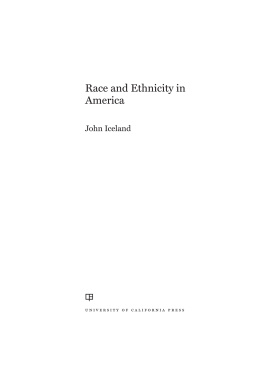
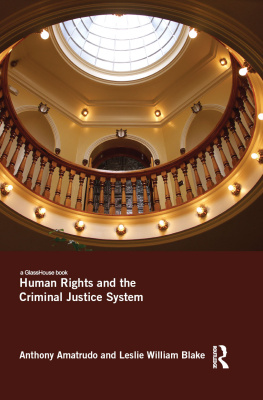
 TM The paper used in this publication meets the minimum requirements of American National Standard for Information Sciences Permanence of Paper for Printed Library Materials, ANSI/NISO Z39.48-1992.
TM The paper used in this publication meets the minimum requirements of American National Standard for Information Sciences Permanence of Paper for Printed Library Materials, ANSI/NISO Z39.48-1992.